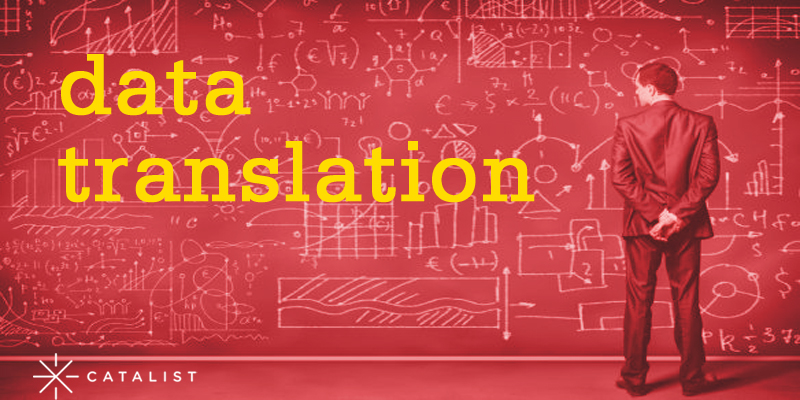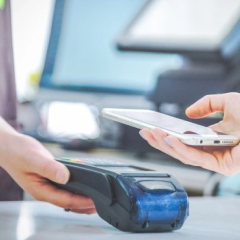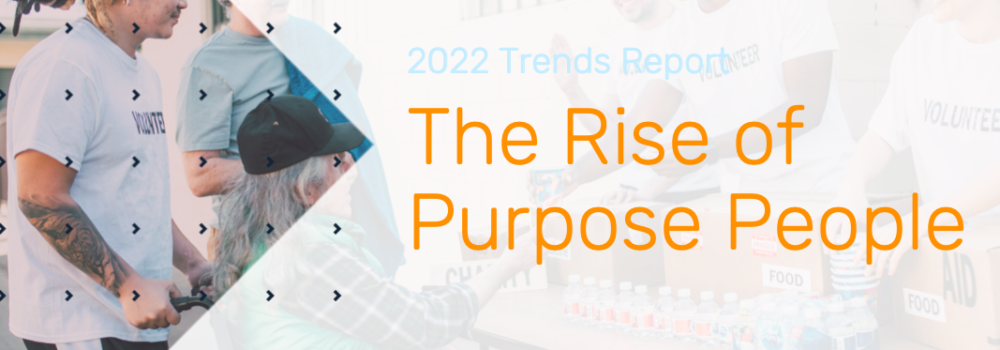How to Make Your Data Win More Partnerships
I confess…I’m a data geek! I love numbers, the mystery of it all, even the process of collecting data. I know, boring, right? Well, I did say I am a data geek. What I love most about data is what it reveals – and conceals. Because we now have more data than we know what to do with, we are able to tell compelling and emotional stories, make confident business and partnership decisions, and effectuate change in a more tangible way than ever before. This is why I love data. Who’s with me?!
In 2016, Catalist told you companies are using their big data solutions to measure business activities and deciding where to align their Corporate Social Responsibility efforts for the best impact and ROI. In response, we’ve seen many more nonprofits mining their data – so kudos to you! This year, the emphasis on data is now about how you translate those data points into a stronger connective and emotive pitch that strengthens the value for your existing partners, and helps you secure new partners through innovative strategies.
Why could this be THE trend to adopt this year? Because it has the power to change everything for your corporate partnership portfolio…and here’s how:
- Arming Yourself With More Than Just Number
If you can’t explain it simply, you don’t understand it well enough.
Albert Einstein, Physicist
Data is just numbers without translation and insights. It takes a keen and experienced eye to mine data for the good stuff – the kind of numbers that matter. The bits that are going to help you develop more targeted prospect lists, smarter pitch points, and relevant partnerships. It’s not enough to collect the data, you now have to make sense of it to tell a smarter story — whether it’s why you should be partnering with a potential prospect, why we should engage with your cause or why you believe you can raise 10% more next year. Take a deep dive into your data to find your gems, identify their relevance to your end goals and find ways to communicate it simply to corporate prospects.
Use Case: Charity: Water’s Water Changes Everything Video. They clearly know their audience, its preferences and motivations around giving. They turned constituent data into a simple, yet highly effective story.
- Using Data to Drive Action (Not Just Strategy)
Never confuse motion with action.
Benjamin Franklin, American Politician/Inventor
Turning data and insights into a well thought-out strategy is a big step forward. However, if that strategy sits on a shelf and has no tactical or implementation plan, it’s null and void. Challenge yourself to put as much energy into the rollout of a strategy – how you will take action on your data and insights – as you did collecting it all. Then, invest the time to educate team members and cross-departmental colleagues on the plan of action. When all are invested, all succeed.
Use Case: YMCA of Austin. They worked with an analyst to collect and unify their member and fan data from multiple sources, then ran a data-driven ad campaign targeting audiences based on affinity, actions and lifestyles.
- Data Translation Is a Cultural Shift Required of Leadership
Opportunities multiply as they are seized.
Sun Tzu, Chinese General and Strategist
Data is a very delicate thing. If it’s manipulated to serve a preconceived theory or opinion, the end result and goal will suffer. Because of this, data analysis and translation requires care, expertise and objectivity. It is also a new concept for most nonprofits – especially as it applies to corporate fundraising. One department or committee cannot be charged with such an important and complex task. The concept of turning data into action must be led and mandated by an organization’s leadership. It should become a part of an organization’s culture – a fabric, a common thread.
Use Case: This tide is taking shape now…become a trailblazer and lead your nonprofit into the world of data.
To dive deeper into how to turn your data into action, check out Catalist’s Corporate Partnership Data Roadmap.
Because I’m a data geek, I would love to hear how you are using data to drive change. Tweet me @BrittanyHHill with the obvious tag #DataGeeksUnite!









Leave a Comments